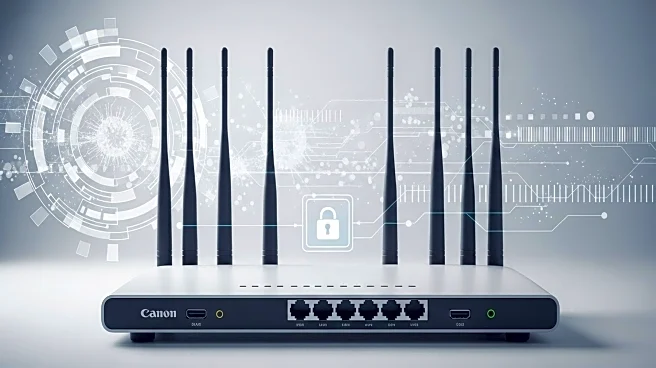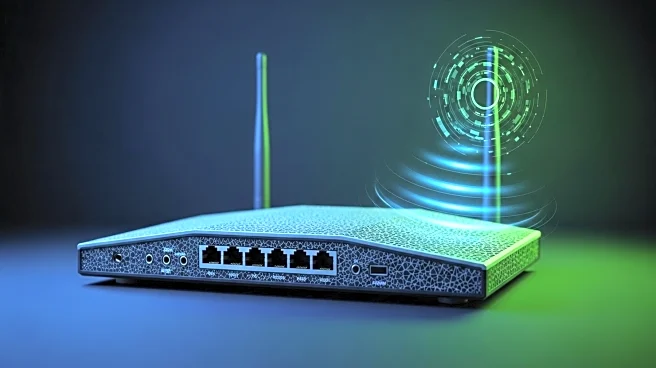What's Happening?
Cisco has released patches for 14 vulnerabilities in its IOS and IOS XE software, including a critical zero-day flaw that has been actively exploited. The flaw, identified as CVE-2025-20352, is a stack overflow condition in the Simple Network Management Protocol (SNMP) subsystem, which can be exploited by sending crafted SNMP packets to vulnerable devices. Attackers with low privileges can cause a denial-of-service (DoS) condition, while those with high privileges can execute arbitrary code remotely as the root user. Cisco advises users to update their devices immediately to mitigate these risks. The patches also address eight other high-severity vulnerabilities that could lead to DoS conditions, code execution during boot, and authentication bypass, among others.
Why It's Important?
The vulnerabilities in Cisco's IOS and IOS XE software pose significant security risks to organizations using these systems, potentially allowing attackers to disrupt operations or gain unauthorized access to sensitive data. The exploitation of these flaws could lead to severe consequences, including data breaches and system outages. By patching these vulnerabilities, Cisco aims to protect its users from potential cyber threats and maintain the integrity of their network infrastructure. Organizations that rely on Cisco's technology must prioritize these updates to safeguard their systems against exploitation.
What's Next?
Cisco has urged users to apply the patches as soon as possible to prevent exploitation of the vulnerabilities. The company continues to monitor the situation and may release additional updates if further threats are identified. Organizations should remain vigilant and ensure their network security protocols are up-to-date to mitigate any potential risks. Cisco's security advisories page provides detailed information on the vulnerabilities and recommended actions for affected users.
Beyond the Headlines
The discovery and patching of these vulnerabilities highlight the ongoing challenges in cybersecurity, particularly for large-scale network infrastructure providers like Cisco. As cyber threats evolve, companies must continuously update their security measures to protect against new attack vectors. This situation underscores the importance of proactive security management and the need for organizations to stay informed about potential vulnerabilities in their systems.











